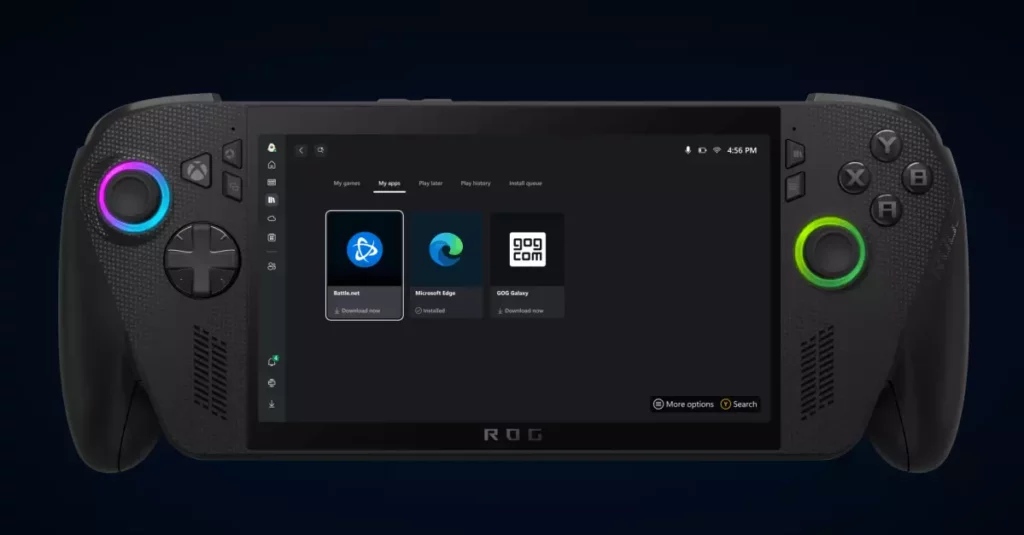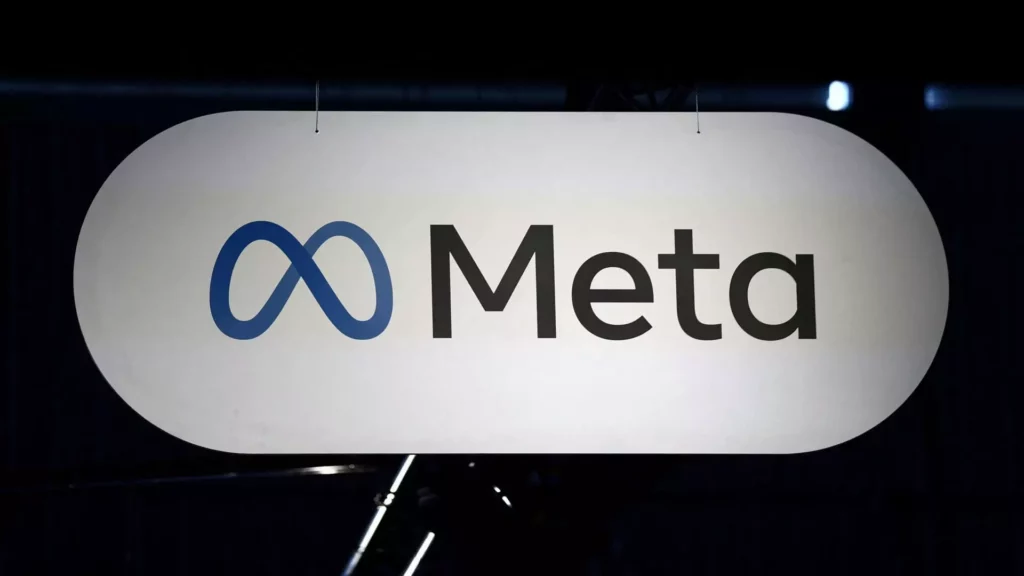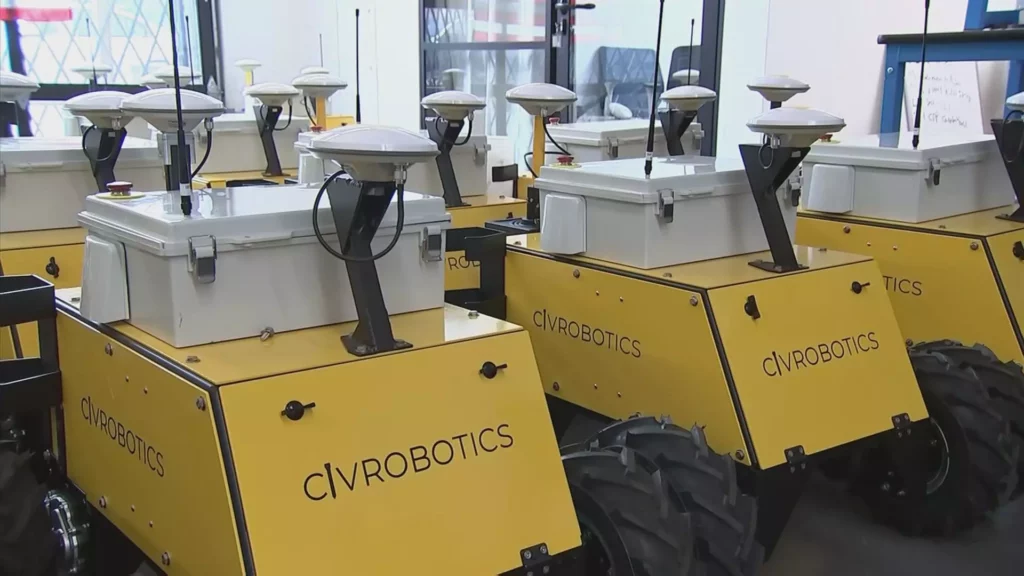In a marketplace flooded with gadgets that tout themselves as revolutionary, the latest Nest Learning Thermostat attempts to carve a niche as the pinnacle of home automation. However, beneath the sleek design and promising features lies an uncomfortable truth: the so-called “intelligence” of such devices is often superficial. While manufacturers boast about adaptive learning and seamless integration, they tend to ignore the fundamental flaw—these devices still operate within the confines of pre-programmed algorithms and corporate ecosystems. The promise of a truly autonomous, intuitive home remains elusive, replaced instead with a veneer of sophistication that masks underlying limitations and vendor dependency.
This latest iteration of the Nest Thermostat exemplifies the paradox of modern smart devices. It is marketed as a leap forward, yet much of its perceived “intelligence” revolves around incremental hardware and software tweaks designed more to mesmerize consumers than to genuinely enhance home automation. What is being sold is not a revolution in how homes operate, but a carefully curated experience that subtly reinforces the dominance of tech giants over our living spaces. Far from empowering homeowners with independence, these devices often tether us deeper into corporate-controlled ecosystems, restricting true customization and control.
Design and Aesthetics: A Blurred Line Between Form and Function
One can’t overlook the emphasis placed on aesthetics in the new Nest Thermostat. Its larger display and sophisticated contours are undeniably appealing, but are they enough to justify the premium price? These design updates lean heavily toward consumer desire for visually pleasing devices that blend into home decor, yet they risk becoming mere fashion statements rather than truly functional tools. A thermostat should serve as an intuitive interface for maintaining comfort, but in many ways, the emphasis on visual appeal dilutes its practicality.
The minimalist look, while elegant, can sometimes obfuscate the complexity of its underlying operations. The oversized display may tempt users with vivid information, but it also raises questions about whether the device’s core capabilities—like precise temperature regulation—are significantly advancing or simply being rebranded through superficial enhancements. Style should never overshadow substance, yet this product seems to walk that fine line, potentially prioritizing aesthetics over meaningful technological innovation.
Technical Limitations and Compatibility Challenges
Despite the touted ease of installation—particularly the removal of the C-wire requirement—a cautious homeowner must remain skeptical. Compatibility checks are still necessary, revealing that many homes may not be immediately suitable for this “smart” upgrade. The device’s reliance on specific HVAC systems and compatibility with major platforms like Matter is promising but not foolproof, especially in older homes or complex systems.
Furthermore, support for multi-sensor setups and advanced automation features often sound impressive in marketing materials but falter in real-world application. Are these features genuinely intuitive for the average homeowner, or do they create new layers of complexity that require ongoing expertise? The promise of anticipatory automation driven by radar sensors and machine learning depends heavily on the quality of data sets and algorithms—variables outside of the average user’s control. The risk is that these “smart” features become superficial, serving more as marketing talking points than genuinely life-enhancing innovations.
The Reality of Automation and User Control
The Smart Scheduling feature exemplifies the major conceptual flaw—reliance on machine learning to optimize comfort and energy savings. While this sounds ideal in theory, it dangerously romanticizes automation’s potential. Real-world homes are complex environments, and relying on algorithms to adapt to unpredictable human behaviors is inherently unreliable. Residents who prefer manual control, or who have unconventional schedules, might find such automation intrusive or ineffective.
Additionally, the promised flexibility—that users can override schedules instantly—does not genuinely mitigate the risk of over-dependence on automated comfort. Instead, it underscores a fundamental tension: the more these devices learn and adapt, the less they leave room for user discretion. This subtly shifts power away from homeowners, reinforcing a passive relationship with our living spaces where intrusion—by smart devices—is normalized under the guise of convenience.
Energy Efficiency: Aspirational or Illusory?
While the multi-sensor approach and adaptive algorithms aim to cut unnecessary energy use, skeptics should question whether these claims translate into tangible savings. A thermostat that monitors specific zones and learns routines may marginally improve efficiency, but the true impact remains uncertain. The environmental benefits promised are often exaggerated to appeal to eco-conscious consumers, while the real savings are modest at best.
In practice, these devices rarely deliver the dramatic reductions in energy consumption they advertise. Instead, they subtly push consumers to purchase more sophisticated hardware—sensors, hubs, and updates—that often end up as unnecessary luxuries rather than essentials. The societal push toward “green” technology risks becoming a marketing tool, distracting us from more significant structural reforms in energy infrastructure and efficiency standards.
The Nest Thermostat’s latest offering, when dissected critically, reveals itself more as a marketing triumph than genuine technological revolution. It encapsulates the modern obsession with aesthetics, convenience, and brand cohesion—yet, beneath that glossy surface, it often falls short of delivering true autonomy or innovation. It champions incremental improvements, but these are unlikely to fundamentally alter our relationship with home automation. Instead, they serve as a reminder that, in many cases, the pursuit of a “smarter” home is less about liberation and more about reinforcing the dominance of corporate ecosystems, often at the expense of homeowner independence.
In a broader context, embracing these devices without skepticism risks ceding too much control to corporations that profit from our dependency. As a center-right liberal thinker committed to individual autonomy and practical progress, I argue that real innovation should empower users, not simplify our collaboration with corporate interests. For truly transformative change, we need to question whether these so-called “smart” devices are advancing our lives or merely creating clever illusions of progress that distract us from more meaningful, structural enhancements to our homes and communities.









Leave a Reply